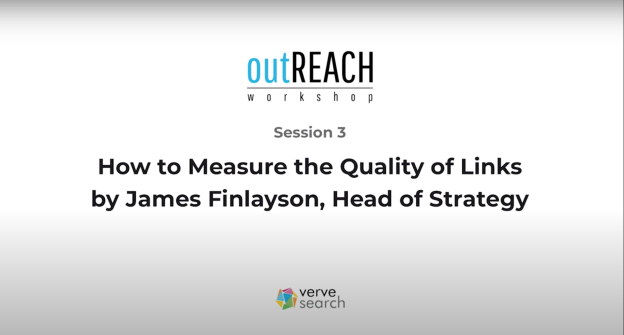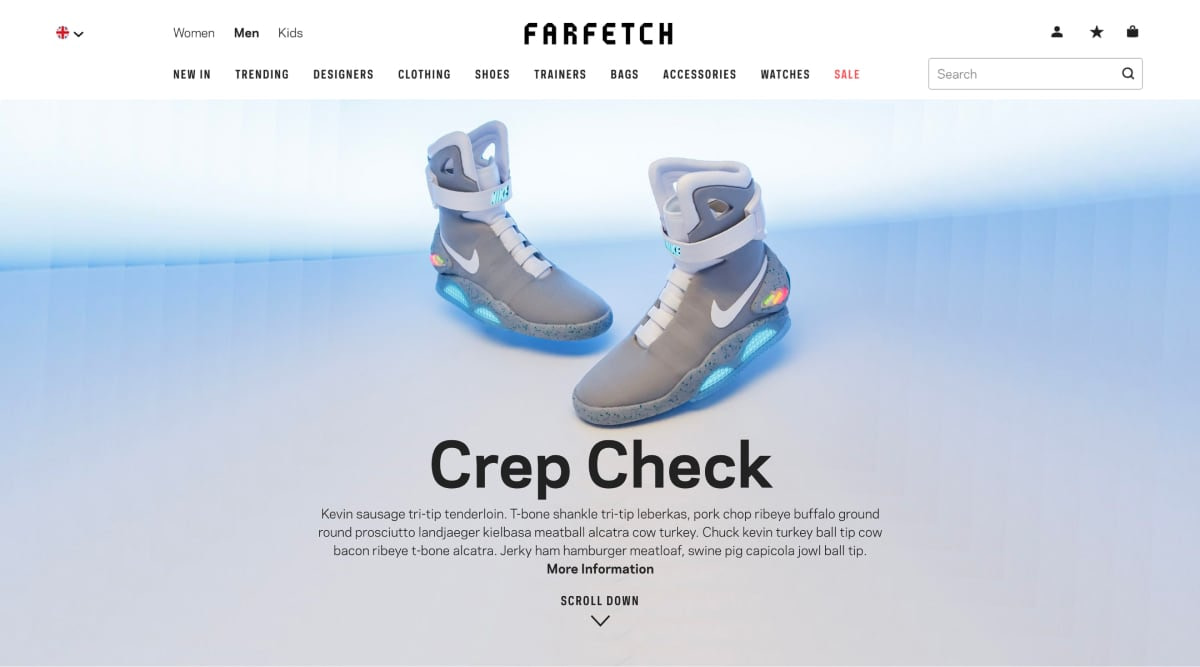How do you create successful content?
This is a perpetually hot topic and many speakers at BrightonSEO focused on this. Unhappily, from time to time content campaigns fail to achieve the results expected and we’re left with the question, what went wrong?
To try to answer this was the aim of Verve Search’s, Hannah Smith. In her talk she asserted that the main challenge is around creating content that resonates with people. To understand what means something to people we need to be able to look beyond the literal meanings of the messages we create.
The mystery of the success of the beer map
Successful content is something that makes people ‘feel’. Sometimes it can be surprising what content evokes feelings. A good example of this is this campaign, let’s call it the Beer Map that received coverage from over 500 sites.

The piece itself is very simple. It’s a non-stylised map of the world and on top of each country is the logo of its most popular beer.
In Hannah’s view, the reason for its success wasn’t the obvious interpretation that many people like beer, but that it had a deeper meaning. The associations of the beer map took people back to their holidays where they had tasted the local beers, as well as unveiling the true drinking habits of each nation.
And the semiotics!
The concept of looking beyond literal meaning took me back to university and the lectures I attended about semiotics. Those who wish to understand the deeper meanings of a piece of content, might find Roland Barthes’ account of sign’s denotation and connotation useful. I never thought I would bring it up in this kind of context, but now I will!
Denotation is the literal meaning of a sign. Connotation, on the other hand, is the associative, second-level meaning that is culture and context dependent. For example, a picture of a lightning literally means a lightning but if you move it to a streetlamp it means risk of electric shock. In a different context lightning could have another meaning e.g. in comic books’ speech bubble it may mean that the character is angry.
If we use the same framework for the beer map, we see that the beer map was literally just a map of the world with some beer logos but it evoked positive connotations in people. In peoples’ minds it wasn’t a beer map anymore but a re-visit to past holidays and taste experiences.
The distinction between the denotation and connotation, literal and associative meanings, can be a good framework for analysing the success of any content.
Successful content doesn’t only make people feel, it makes people feel the right emotions, and to predict this understanding, connotations can help.







